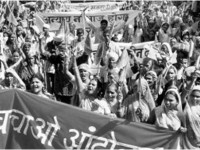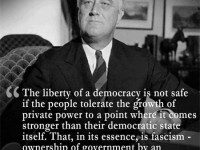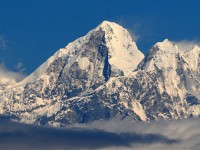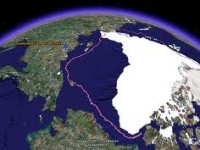This gallery contains 7 photos.
Ac. Krtashivananda The primary function of the media is now to sell – sell audiences to corporate advertisers. The media make no money from subscriptions, only from advertisers, whose point of view they must reflect. Advertisers will not pay for discussions that encourage people to undermine corporate power. Media support of corporate power seemingly implies that the media sell free market principles. In reality, like the corporations they rely on, the media believe in free … Continue reading












